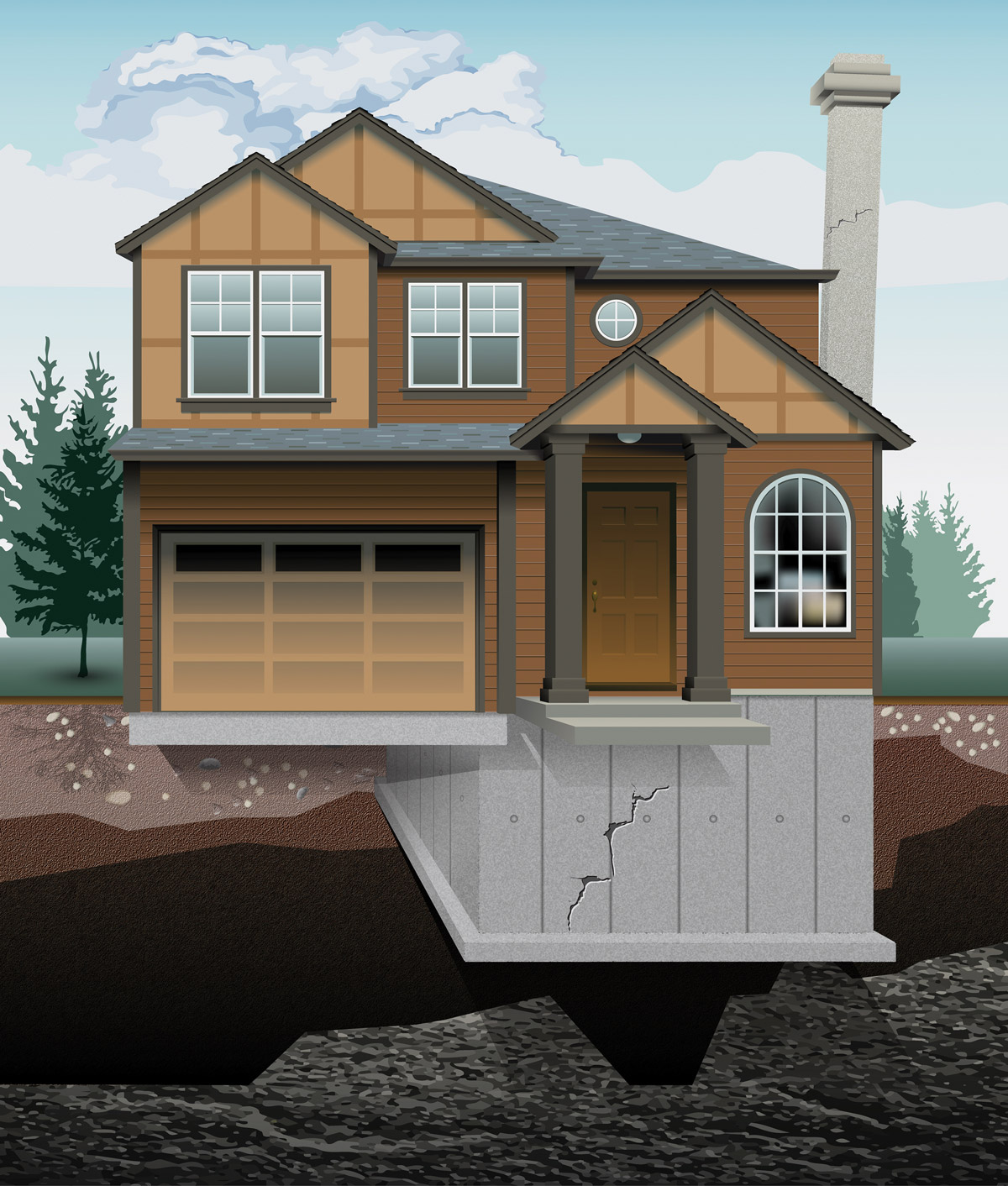TerraCana FAQ – Where we discuss the most important construction & building foundation questions with answers. Use the search bar above to help find what you’re looking for.
General
How do I get my project started?
What information do I need to start my project?
How do we start if my project doesn’t have plans yet?
Do you provide engineering services?
Residential
What are the warning signs of foundation problems?
All home foundations move over time. This movement should be factored into the design of the house when it is originally constructed. However, foundations often move in a way that the original designers didn’t predict. This unexpected movement could have serious consequences for your home.
Here are some signs that your foundation could be damaged:
- Cracks appear in the foundation or concrete slabs.
- Your basement has leaks or rotting walls.
- Basement walls are bowing or bulging on the inside or outside.
- Your interior walls or ceilings have cracks in the drywall.
- Your chimney is cracked or leaning.
- Your windows or doors are sticking and won’t close properly.
Left untreated, foundation issues can get worse, resulting in major structural problems for all elements of your home.
What causes problems with residential foundations?
These are some of the factors that can cause foundation settlement and movement:
- Your home is built on expansive clay.
- The fill soil under your home is compressible or hasn’t been properly compacted.
- The area around your foundation hasn’t been properly maintained.
Whatever the cause, settlement can reduce the value of your home and even render it unsafe.
How can I preserve the value of my home?
Early detection is vital to ensuring the long-term integrity and value of your home. The longer you wait, the more your foundation may sink and cause further costly damage.
The first important step is to have your foundation reviewed by a professional firm like TerraCana. We can evaluate the severity of the issues, determine whether the foundation needs repair, and develop a remediation strategy.
If you see signs of foundation distress, contact us right away for a visual inspection and estimate.
Helical Piles
What loads can be carried by helical screw piles?
Do helical piles cause any vibrations?
Do you have to remove soil for helical piles?
Driven Piles
Do driven piles cause a lot of vibrations?
Push Piers
Do you install push piers?
Push piers are only as strong as the weight of the building they are lifting, this means that there is no safety factor in the installation. Over time, the soils may continue to have minor settlement at the bottom of the pile and allow the structure to keep settling.
Mudjacking
Do you do polyurethane foam injection or mud jacking?
Mudjacking and polyurethane foam injection is generally a short term solution for buildings in the lower mainland. A lot of soils in our area are thick layers of peat or other compressible soils. While a foam injection can raise a building back up, the ground will usually continue to compress over time and either additional inject will be required, or the building will continue to settle. For these reasons, TerraCana generally advises against foam injection of mud jacking.

